The international conservation movement traditionally has concentrated on protecting large, remote areas that have relatively intact natural ecosystems. It has given a lot less attention to urban places and urban people. About ten years ago, four of us long involved in IUCN, the International Union for Conservation of Nature, set out to correct this.
IUCN is the global umbrella organization of nature conservation. Its 1,200 members in 172 countries include national governments as well as governmental agencies and nongovernmental organizations. IUCN advises UNESCO, the UN Convention on Biological Diversity, and other intergovernmental organizations, as well as governments, especially in developing countries. Although it has a staff of over 1,000, much of IUCN’s work is done by six commissions composed of professionals who volunteer or raise money to cover their time.
The four of us were Jeff McNeely, longtime IUCN Chief Scientist and author of numerous scientific publications on nature conservation; Adrian Phillips, a former chair of the IUCN World Commission on Protected Areas and IUCN Program Director; the late John Davidson, co-founder of Britain’s pioneering Groundwork urban regeneration program; and me, a political scientist and former U.S. career diplomat and chair of the then IUCN Commission on Environmental Strategy and Planning.
We decided to focus our attention on urban nature reserves, especially those fitting IUCN’s definition of “protected areas,” which is also used by the UN: “a clearly defined geographical space, recognised, dedicated, and managed, through legal or other effective means, to achieve the long-term conservation of nature with associated ecosystem services and cultural values.”
The most important product of our efforts to date is a new IUCN book, Urban Protected Areas: Profiles and Best Practice Guidelines, by Ted Trzyna in collaboration with Joseph T. Edmiston, Glen Hyman, Jeffrey A. McNeely, Pedro da Cunha e Menezes, Brett Myrdal, and Adrian Phillips (Gland, Switzerland: IUCN, 2014, 124 pages, illustrated).
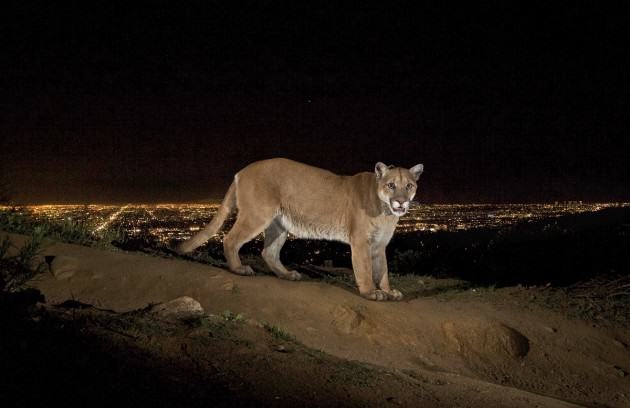
In addition to providing guidance on managing urban protected areas, our book takes a strong stand on their importance. We believe they are important for two reasons. First, a reason that has now become obvious: regular contact with nature is good for people. Second, a reason that has not been as obvious: urban people are critical for nature conservation nationally and globally. Conservation depends on support from urban voters, urban donors, and urban communicators. In a rapidly urbanizing world, people tend to have less and less contact with nature. People will value nature only if they care about nature where they live.
Defining urban protected areas
We use the term ”urban protected areas” to mean protected areas in or at the edge of larger population centers. A more detailed definition is given in the book, but two points need mentioning: First, conventional urban parks, with lawns, flowerbeds, playgrounds, and sports fields, are not considered to be urban protected areas, although such places can be very useful in sustaining native animal species and connecting natural areas. Second, there are no limits as to size or location of such protected areas, as is made plain by examples in the book.
The Index of Naturalness developed by the Spanish biologist Antonio Machado is useful in describing the condition of natural and quasi-natural areas in urban settings. On a scale of zero to ten, with zero representing an artificial environment and ten representing the opposite extreme of a (now nonexistent) natural virgin system, most conventional urban parks would fall under point 3 on the scale, while the urban protected areas described in our book would generally fall between 8 and 6, and parts of them may fall under 9 or 5.
Urban protected areas have no formal recognition internationally, nor is there a global inventory of urban protected areas. The World Database of Protected Areas (WDPA – managed by the United Nations Environment Programme’s World Conservation Monitoring Centre) includes many such areas, but does not identify them separately (although maps on WDPA’s interactive website are helpful in identifying protected areas in and near urbanized places).
In terms of IUCN’s six Protected Area Management Categories, most urban protected areas are recognized either as Category II (national park) or Category V (protected landscape or seascape). However, there are urban protected areas in all categories. In terms of other forms of international recognition, urban protected areas include marine protected areas, World Heritage sites, UNESCO Geoparks, Ramsar sites, and biosphere reserves. Examples of all of these are given in the book.
Urban protected areas can be managed by national governments, state or provincial governments in federal systems, local governments, nongovernmental organizations, local community groups, or businesses. Again, examples are given in the book.
How urban protected areas are distinctive
Urban protected areas are distinctive in several ways. They:
—Receive large numbers of visitors, including many who visit frequently, even daily. Many of these visitors lack experience of wilder forms of nature. They tend to be much more diverse ethnically and economically than visitors to more remote protected areas.
—Relate to numerous actors in the urban arena, including government decision-makers, communications media, opinion leaders, and key educational and cultural institutions.
—Are threatened by urban sprawl and intensification of urban development.
—Are disproportionately affected by crime, vandalism, littering, dumping, and light and noise pollution.
—Are subject to such urban edge effects as more frequent and more severe fires, air and water pollution, and introduction of invasive alien species.
![NASA aerial image of Sanjay Gandhi National Park in Mumbai. By NASA [Public domain], via Wikimedia Commons](https://www.thenatureofcities.com/TNOC/wp-content/uploads/2014/10/Mumbai_metropolitan_region_satellite_image_Landsat-5_2011-01-301-406x420.jpg)
These examples of urban protected areas represent different world regions, socioeconomic situations, natural environments, sizes, and styles of management:
Cape Town, South Africa (metropolitan population 3.9 million): Table Mountain National Park (IUCN Category II, 25,000 hectares of land; 100,000 ha of the Atlantic Ocean). Includes iconic Table Mountain, the Cape of Good Hope, and unparalleled floral diversity. Managed by South African National Parks. Part of a natural World Heritage site.
Hong Kong (7 million): Hong Kong Country Parks (Category V, 44,000 ha of land; 1,430 ha of marine parks). Mountainous parks cover 40 percent of Hong Kong’s otherwise intensively developed territory. Administered by the Government of the Hong Kong Special Administrative Region of China.
Kingston, Jamaica (580,000): Blue and John Crow Mountains National Park (Category II, 580,000 ha). Protects wet tropical forests that are habitat for diverse wildlife and a key source of water for cities and agriculture. Managed by an NGO, the Jamaica Conservation and Development Trust, under contract with the national government.
London, United Kingdom: London Wetland Centre (Category IV, 42 ha). A “re-creation” of wetlands along the River Thames. Created and managed by an NGO, the Wildfowl and Wetlands Trust.
Los Angeles, California, USA (18 million): Santa Monica Mountains National Recreation Area (Category V, 62,300 ha). Extends from the city’s heart to the Pacific Ocean; top-predator mountain lions are resident. A cooperative effort of the United States National Park Service and two California state protected area agencies.
Marseille, France (1.5 million): Calanques National Park (Category II, 8,500 ha of land and 43,500 ha of the Mediterranean Sea, plus buffer zones). Rocky inlets, headlands, and islands heavily influenced by human activity over millennia. Managed by an administrative council composed of representatives of national and regional agencies and local governments, various interest groups, residents of the park, and park staff.
Nairobi, Kenya (3 million): Nairobi National Park (Category II, 11,700 ha). The protected corner of a large savanna ecosystem; an impressive array of wildlife species includes the black rhinoceros (IUCN Critically Endangered), lion, leopard, buffalo, and hippopotamus. Managed by the Kenya Wildlife Service.
Rio de Janeiro, Brazil (12.8 million): Tijuca National Park (Category II, 4,000 ha). Mountains covered by almost entirely restored tropical rainforest. Part of a cultural World Heritage site. Managed jointly by the municipality and the national protected area agency, the Instituto Chico Mendes de Conservação da Bioversidade.
Seoul, Republic of Korea (25 million): Bukhansan National Park (Category V. 8,000 ha). Granite mountain slopes and wooded valleys with over 10 million visits a year. Managed by the Korea National Park Service.
Sydney, Australia (4.7 million): Royal National Park (Category II, 16,000 ha). Heathland, woodland, forest, and wetland; a heavily visited site bordered by the Pacific Ocean, a bay, suburbs, and a transportation corridor. Managed by the National Parks and Wildlife Service of the State of New South Wales.
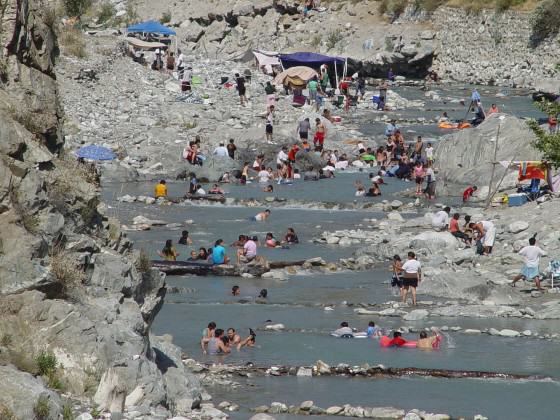
Challenges and opportunities especially relevant to urban protected areas
These are pertinent to any protected area, but especially relevant to protected areas in or adjoining large population centers:
Providing access for all; reaching out to diverse ethnic groups and the underprivileged. This includes accommodating disabled people, choosing words and symbols for compliance signs carefully, and using a range of languages in signs and publications where appropriate. It also includes encouraging direct public transportation, supplying transportation if necessary, providing well-mapped and clearly marked trails, and making bicycle routes and rentals available where possible.
Engendering a local sense of ownership. To promote appreciation of their protected area among local residents, managers should draw on writers, artists, and other creative people and their works and ideas that relate to it. They should promote appreciation of their area’s cultural, as well as natural assets. Making facilities available for events of governmental agencies, NGOs, and businesses helps build good relations with these organizations.
Demonstrating, facilitating, and promoting good environmental behavior. Urban protected areas offer opportunities to reach large numbers of people with information about the causes and consequences of climate change and demonstrations of energy efficiency; energy and water conservation; and reduction, reuse, and recycling of materials.
Demonstrating, facilitating, and promoting health benefits of contact with nature and good eating habits. Urban protected areas have an important role here. Spending time in nature improves physical and mental health. And rather than selling conventional fast-food items, restaurants and cafés in these protected areas can set an example by making available nutritious, local, and sustainable fresh food to visitors.
Preventing littering. Littering is a perennial problem in many urban protected areas, with their large numbers of visitors, many of whom regard these places as extensions of the built environment. Managers should draw on the results of local research on littering behavior. However, certain measures apply everywhere: cleaning up litter frequently and consistently, providing plenty of containers for trash and cigarette butts, and informing visitors of the importance of and reasons for not littering.
Reducing human-wildlife interaction and conflict. Although conflict between people and wildlife can occur almost anywhere, dense human populations near urban protected areas increase the likelihood of such encounters. Predators are of particular concern. Managers should help people protect themselves from predators and seek to maintain a balance between predators and their wild prey. Public education has a key role. Keeping habitat as natural as possible helps control emerging zoonotic diseases, that is, diseases transmitted between other animals and humans.
Controlling invasive species. The main pathways by which invasive alien species invade new territory are urban: seaports, river ports, airports, rail and truck yards, plant nurseries, and gardens. Urban protected areas can be both facilitators and victims of such traffic. Managers should survey their lands and waters regularly to detect new invasions; and participate in local and national partnerships for prevention, early detection, eradication, and control.
Promoting connections to other natural areas. Managers should cooperate with other public agencies and NGOs to prevent their areas from becoming green islands, including by containing or guiding urban sprawl, maintaining and creating corridors to other natural areas and rural lands, and creating and maintaining buffer zones. Trails linking urban natural areas are physical and psychological connectors to the natural environment.
Helping infuse nature into the built environment. Managers of urban protected areas and their allies should participate in region-wide nature conservation coalitions; projects to develop comprehensive local biodiversity strategies; and efforts to protect, restore, and infuse natural elements in the built environment.
Controlling encroachment. Although illegal building in protected areas is usually associated with the poor, offenders in urban protected areas can also be wealthy and politically well-connected. Managers should prevent and control all encroachment by keeping vigilant, enforcing the law, seeking help from local authorities, and enlisting the cooperation of local people.
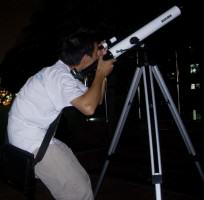 Reducing impacts of noise and artificial nighttime light. Noise, defined as unwanted sound, and artificial nighttime light can be problems in any protected areas, but those in urban settings are especially vulnerable. Humans and wildlife are both stressed by noise from visitors, road and rail traffic, aircraft, and other sources. Artificial nighttime light interferes with organism and ecosystem function, impedes visitors’ enjoyment of the nighttime sky, as well as astronomy, and can intrude on appreciation of cultural heritage sites in their authentic state. Some urban protected areas are making progress toward protecting natural soundscapes and the nighttime sky by developing indicators and standards, educating visitors, enforcing regulations, and working with local authorities and businesses in adjoining communities.
Reducing impacts of noise and artificial nighttime light. Noise, defined as unwanted sound, and artificial nighttime light can be problems in any protected areas, but those in urban settings are especially vulnerable. Humans and wildlife are both stressed by noise from visitors, road and rail traffic, aircraft, and other sources. Artificial nighttime light interferes with organism and ecosystem function, impedes visitors’ enjoyment of the nighttime sky, as well as astronomy, and can intrude on appreciation of cultural heritage sites in their authentic state. Some urban protected areas are making progress toward protecting natural soundscapes and the nighttime sky by developing indicators and standards, educating visitors, enforcing regulations, and working with local authorities and businesses in adjoining communities.
Cooperating with institutions that have complementary missions. Educating young people about nature through visits of school and youth groups is a core mission of almost all urban protected areas. Another set of connections is less obvious. Typically there are several kinds of museums and similar institutions in metropolitan areas aimed at educating and sensitizing people to the natural world, but these institutions rarely work together. Managers of urban protected areas should encourage natural history museums, science centers, zoos, aquariums, and botanic gardens to provide information and exhibits about nature and conservation challenges in their regions and cooperate toward that purpose. This can start with cross-promotion. For example, a museum can provide visitors with information about natural places to visit nearby, and exhibits in protected areas can direct visitors to museums.
Other problems especially relevant to urban protected areas include fire, crime, vandalism, flooding, and air and water pollution. Other opportunities include training urban teachers, taking advantage of highly motivated and well-educated urban volunteers, and cooperating with urban universities. These are all discussed with examples in the Urban Protected Areas volume.
Ted Trzyna
Claremont, California


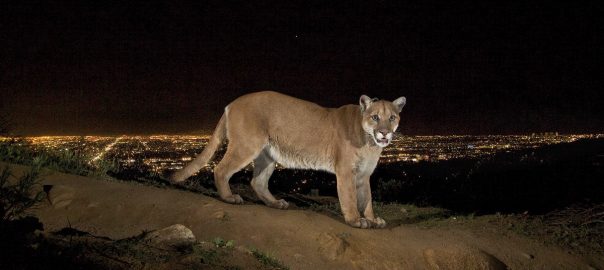
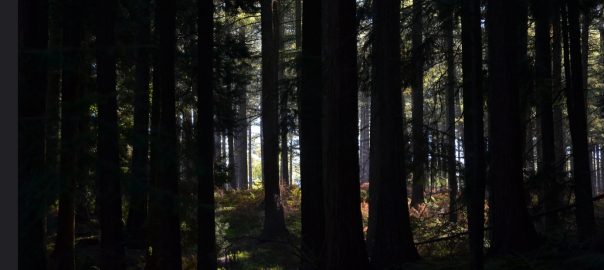
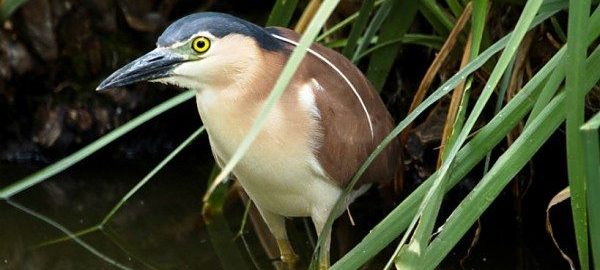
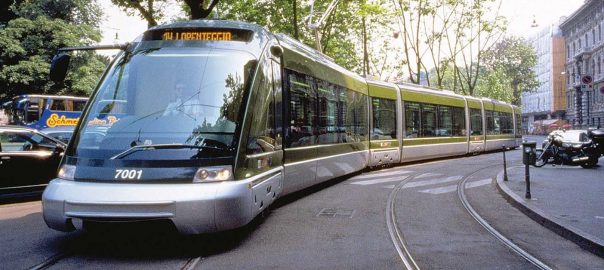

Leave a Reply